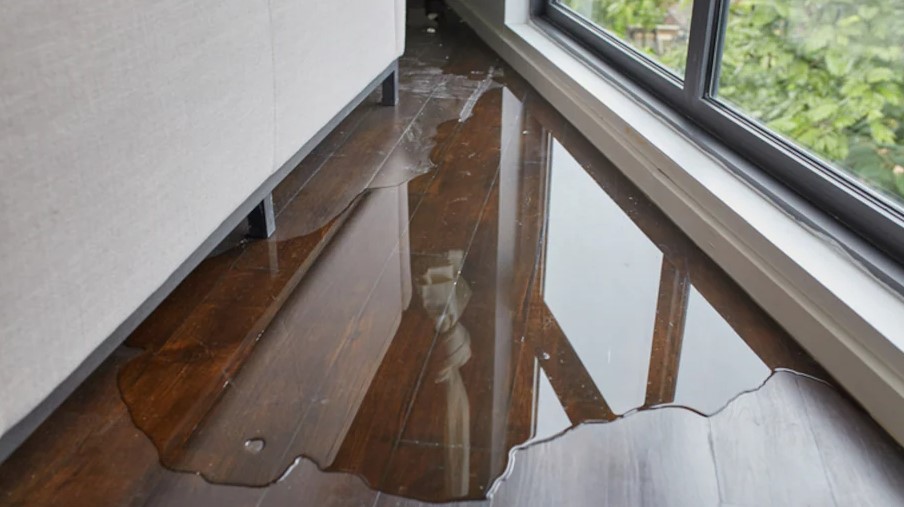
Whether a homeowner or business owner, you should know the basics of water damage and how to deal with it. In a major storm or flood, you should take precautions to protect your home and possessions.
A variety of causes can cause water damage. This includes cracked pipes, broken appliances, overflowing sinks, and leaking toilets. If you experience flooding, you should seek the help of a professional to clean up the mess and restore your property to its pre-flood condition.
You might think that flooding is the same as water damage, but there are some essential differences. For one thing, water damage can be gradual and imperceptible, while flooding is instantly apparent.
The best way to deal with water damage is to prevent it from happening in the first place. In addition, you should call your insurance carrier as soon as possible. They will likely send someone to assess the situation and recommend a company to do the work.
The best way to do this is to monitor your water bill. If you notice a significant increase in your water bill, you may have a plumbing issue. You can turn off your main water supply if you cannot stop the leak from coming through.
A proper waterproofing system in your home can prevent many of the worst water damage scenarios. Hiring a water cleanup specialist is also an excellent idea to minimize the structural damage your home suffers from flooding.
How Do Water Removal Pros Do the Work?
Those familiar with the job of a water removal pro understand that specific steps must be followed to complete the work. The work begins by assessing the property’s condition, identifying the cause of the problem, and restoring and preventing further damage.
Identifying the cause
Identifying the cause of water removal can be essential for preventing future water damage in your home. There are several signs of water removal, but the most obvious is the appearance of mold and mildew. Mold and mildew directly result from a leaking pipe and can cause serious health risks.
Other signs of water removal include peeling wallpaper, paint chipping, and deformed walls. If you notice any of these, you should have a professional inspect your home. These professionals can remove water damage and ensure it is cleaned up properly. They can also repair water damage.
Restoring the structure
Fortunately, several professional restoration companies can help you with the restoration process after water damage. Many use industry-leading drying equipment to remove moisture from the structure. They also use advanced techniques to minimize the damage and dry the system from the inside out. This ensures a faster turnaround and minimal repairs. Depending on the extent of the damage, they may also need to replace some of the structural elements in the structure. These include drywall, carpeting, and insulation.
The professionals will also use asbestos testing to ensure that the building is safe for its occupants. This testing will help you know if you must remove asbestos to restore the building. This testing will also determine how much containment you need. This will help you prevent any future problems with the structure.
